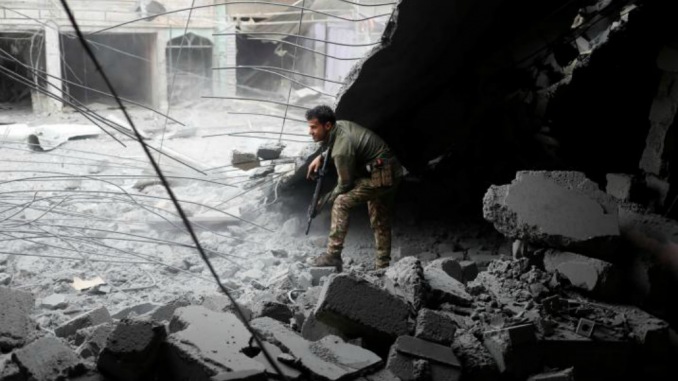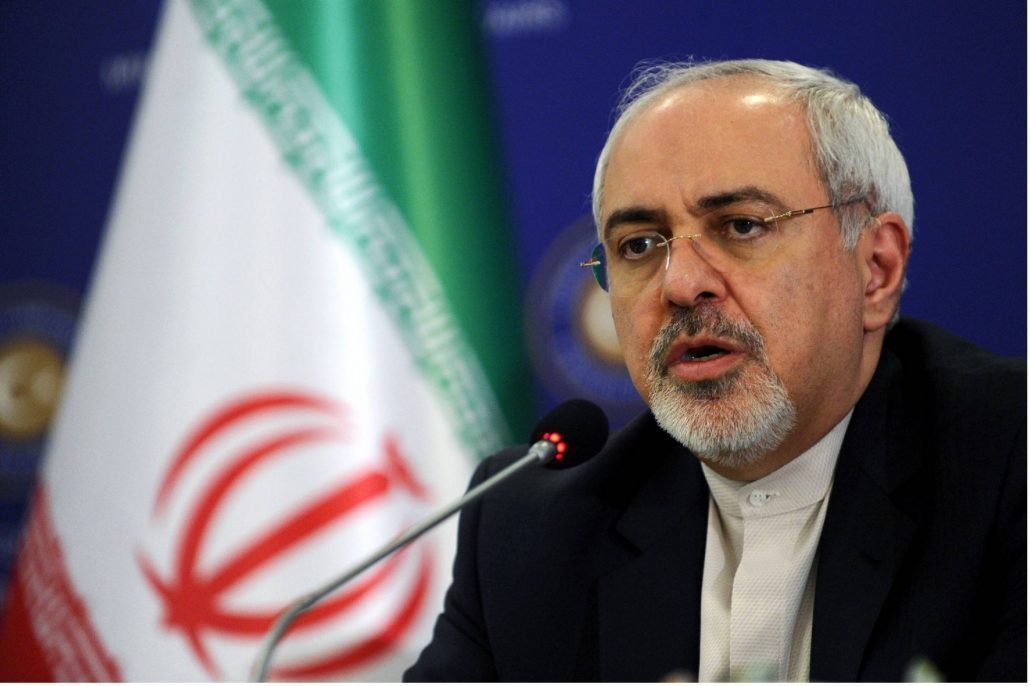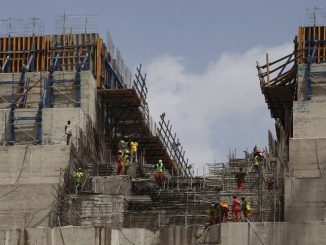
After the US-backed Iraqi forces were able to achieve a rapid advance against Islamic State militants in Mosul, their operations were hindered near the crowded-populated heart of the city, and their casualties are increasing sharply due to the militants’ resistance and counter-attacks.
At the height of its power two years ago, Islamic State ruled over millions of people in territory running from northern Syria through towns and villages along the Tigris and Euphrates river valleys to the outskirts of Baghdad in Iraq.
It was the mosque of Mosul where al-Baghdadi declared his Caliphate and named himself as the ruler of all Muslims from Mosul’s Great Mosque after his forces swept through northern Iraq in 2014.
However, ISIS’s territory is shrinking rapidly since last year as the US-led coalition, the Turkish-backed forces, and the Russian-backed Assad regime forces have fierce fights against its forces in both Syria and Iraq.
The United States is providing air and ground support to Iraqi and Kurdish forces trying to dislodge the hardline group from Mosul.
Iraqi forces captured the eastern side of Mosul in January after 100 days of fighting and launched their attack on the districts that lie west of the Tigris river on Feb. 19.
Islamic State militants who retreated across the Tigris river to western districts also regularly target civilian areas under government control in the east with mortars and grenades dropped from drones.
Several thousand militants, including many who traveled from Western countries to join up, are believed to be in Mosul among a remaining civilian population estimated at the start of the offensive at 750,000.
They are using mortars, sniper fire, booby traps and suicide car bombs to fight the offensive carried out by a 100,000-strong force made up of Iraqi armed forces, regional Kurdish peshmerga fighters and Iranian-trained Shi’ite paramilitary groups.
The rapid advance slowed
On Wednesday, the Iraqi military said the army and Shi’ite paramilitary forces had taken full control of the last major road leading west out of Mosul towards the town of Tal Afar, state TV reported.
The 9th Armoured Division and two Shi’ite fighting groups had “isolated the right-bank (western side of Mosul) from Tal Afar”, it said.
The road links Mosul to Tal Afar, another Islamic State stronghold 60 km (40 miles) to the west, and then to the Syrian border.
In addition, CTS forces recaptured the Moalimin and Silo districts inside of Mosul on Thursday, according to the commander of the campaign Lieutenant General Abdul Ameer Rasheed Yarallah.
Inside the city, CTS are fighting alongside the Federal Police and the elite interior ministry Rapid Response force, which earlier this week recaptured the provincial government headquarters and the Mosul museum.
However, the front line had been static since early in the week, members of the Rapid Response units said, as the militants aim mortar and sniper fire at Iraqi troops.
High casualties in Iraqi forces
A makeshift clinic, an abandoned house manned by American volunteers and Iraqi military medics, was on Thursday regularly treating members of Iraq’s security forces rushed back from the front line in ambulances or armored vehicles.
“We’ve already had around 20 people come in for treatment (on Thursday) – about 70 percent civilian, but it’s been more military (casualties) up until today,” said Kathy Bequary, director of NYC Medics, the organization running the clinic.
Casualties her team have witnessed recently range from superficial wounds to the occasional patient dead on arrival, including one soldier with eight bullet wounds to his torso, she said.
As Iraqi forces fight Islamic State militants deeper into western Mosul, they face increasingly stiff resistance, with the jihadists using mortar and sniper fire to try to hold off a U.S.-backed offensive to drive them out of their last major stronghold in the country.
The fight has taken its toll of dead and wounded on Iraqi soldiers, special forces and police units. The military has not published the number of its own casualties.
Islamic State’s tactics, which include taking cover among the civilian population, have also slowed advances in some areas, the closer the battle gets to the more crowded city center.
Troops on foot had to dash between the more exposed streets for fear of sniper fire.
The sound of an incoming mortar shell sent them scrambling for cover against the wall of a building. It landed close enough to feel shockwaves from the blast.
“It’s been a little difficult, recently,” Ali Sattar, a 20-year-old in the Rapid Response said.
Jaafar Kareem, a 23-year-old soldier, and two comrades were in an area near the front lines that was hit by ISIS’ mortar shells.
At least 10 shells had landed there that morning, before hitting their target, Kareem said.
“There have been a lot of our guys wounded today in the same area,” he said.



